Rabbits are cute, fluffy animals that are known for their long ears and powerful hind legs that allow them to take high jumps. However, these animals do not have a defense mechanism and that makes them easy prey for animals who live in the wild, especially the younger and smaller rabbits, also known as ‘kits.’

Despite having plenty of predators, rabbits are compensated by Mother Nature by giving them the capability to breed rapidly. Female rabbits have a short gestation period of about 28 days, and they can give birth to around four to seven rabbits each time.
Although wild rabbits are able to run faster than the domesticated ones, they still have many predators that want to feed on them.
For this post, we’ll talk about 21 predators that love to eat rabbits.
Table of Contents
1. Badger
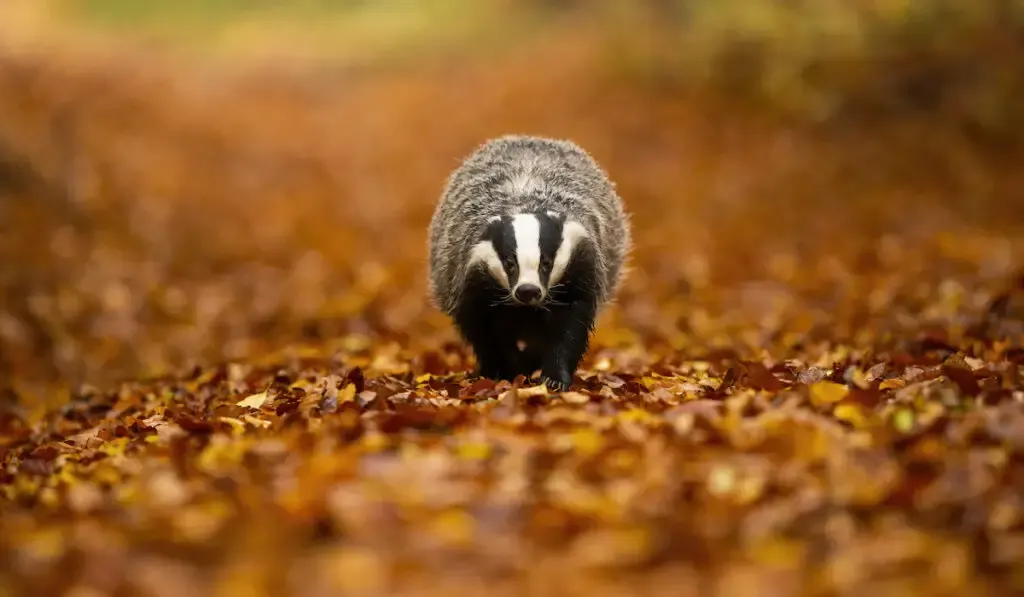
Badgers are short-legged omnivores that are present in many parts of the world. In general, they are found in woods, rural lands, and quarries.
Although a huge part of their diet consists of worms and other small insects, Badgers feed on smaller animals as well, including rabbits. They also eat other mammals aside from rabbits.
2. Bear
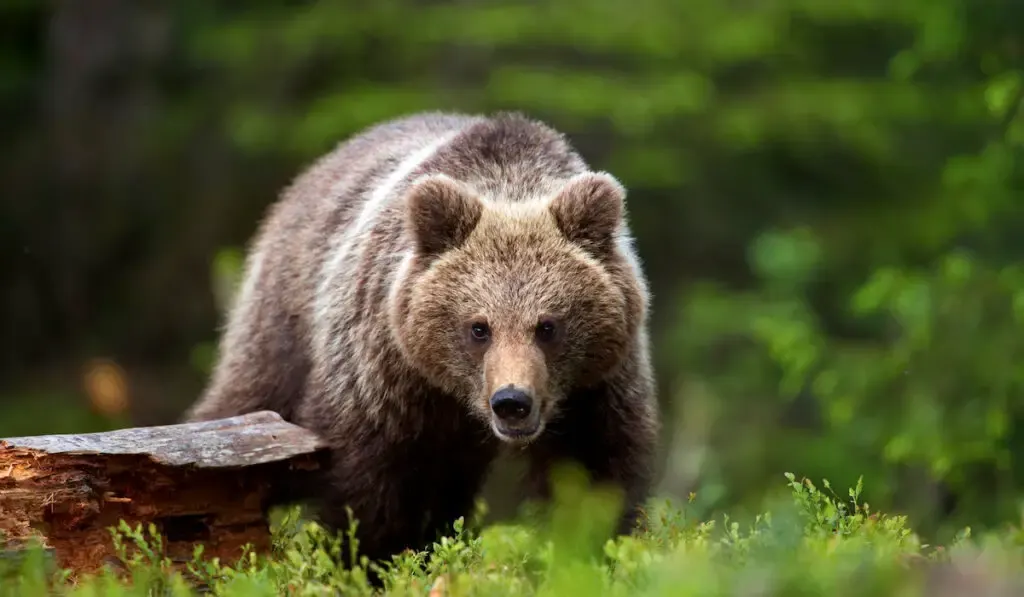
Bears are huge omnivorous mammals that forage a wide variety of food, including honey, fruits, vegetables, deer, and sometimes – humans! For the most part, their food depends on the species and the season where they live.
Grizzly bears, which are infamous for their tendency to attack humans, will feed on anything that’s available to their location. As a matter of fact, they can even feed on vegetation if meat is not available.
Therefore, if they see a rabbit, these animals will definitely feed on them. However, grizzly bears’ main source of food is fish.
On the other hand, Polar bears prefer seafood and fish. Rabbits are rare in the Arctic region, so they are more likely to feed on what’s available.
Asian bears have a similar diet to other bear species, so rabbits are definitely something they will devour.
3. Cat
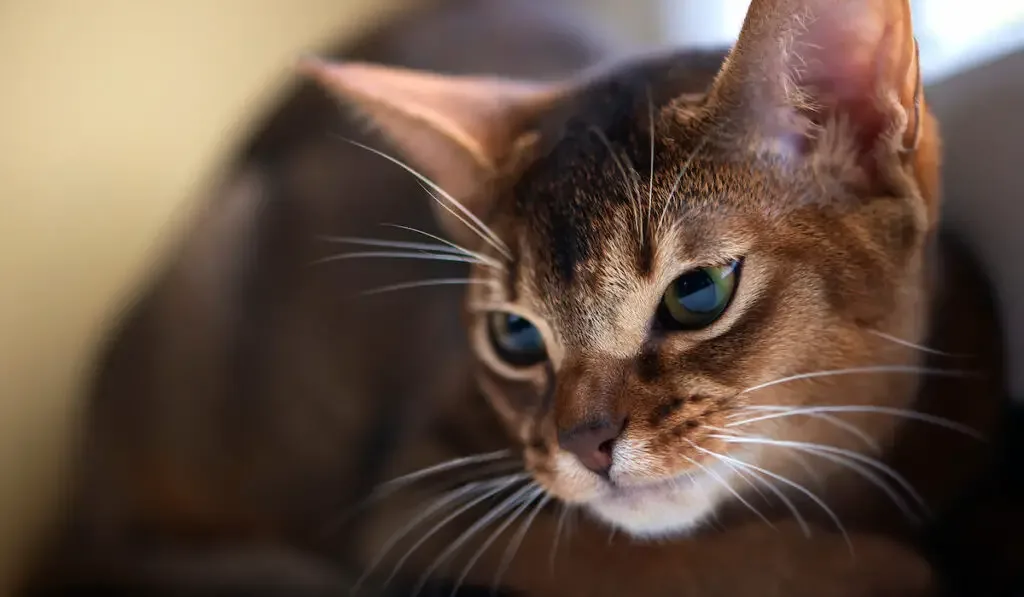
Here, we’re not talking about domesticated cats. Rather, it’s the big cats that are similar to lions, tigers, leopards, and more. Big cats are purely carnivores, so their diet only consists of meat.
However, these big cats don’t rely only on rabbits as their main food source. Rabbits serve as their snack between main meals, or as a dessert. This is because rabbits are small, so they won’t suffice as a meal.
Usually, big cats will forage as a pack when it comes to bigger prey.
When food is scarce, they may also be dependent on eating smaller mammals, such as rodents and rabbits – whichever meat is available.
4. Coyote

Coyotes are not picky eaters, and eat whatever is available. They are omnivores who feed mainly on small mammals, including rabbits, rodents, and more.
Coyotes are solitary animals, although they may hunt in packs if it concerns bigger prey. They are usually found in plains, mountains, forests, deserts of Canada, and in places like Mexico, the United States, and Central America. Coyotes can live in tropical areas as well.
5. Crow

While they are not considered predators, crows seize an opportunity to eat small birds and animals.
Although they are considered scavengers, they may also hunt smaller birds and mammals, including baby rabbits.
6. Dingo

Dingoes are wild dogs that are native in Australia. These animals are considered opportunistic carnivores and are regular predators of rabbits. In fact, rabbits are staple foods for them.
Dingoes are found in areas where rabbits are abundant, including woodlands, grasslands, and rocky terrains.
These animals hunt separately if it concerns small rabbits, but they will also hunt in packs if it’s for larger animals.
7. Eagle

There are various species of eagles, but the Golden Eagle and the Bald Eagle are known to include rabbits as part of their diet. Although Bald Eagles will have fish as 70 to 90 percent of their diet, these birds will forage rabbits, too.
Golden eagles inhabit remote areas with a huge hunting radius. Usually it is a dense green land where rabbits are highly available. In fact, rabbits are easy meals for eagles due to their extremely good vision.
8. Ferret

Ferrets are small, carnivorous, and nocturnal animals who rest at daytime, and work to forage at night. Their exceptional sense of hearing, smell, and sight allows them to hunt even in the dark.
Ferrets are regular predators of rabbits in the wild. Aside from rabbits, these animals also forage other small mammals, including rodents, rats, hedgehogs, possum, and small birds.
To protect themselves from large predators, these animals make use of their burrows.
Once they catch their prey, ferrets will eat every part of their meat, including the bones since they have a high metabolic rate and small guts. On average, ferrets will consume 50 to 70 grams of meat every day.
9. Fox

Foxes are notorious predators of rabbits. In fact, rabbits are one of their main sources of food. Foxes are versatile animals who easily adapt to different kinds of environments, including woods, dunes, salt marshes, fields, peat bogs, forests, and agricultural lands. Foxes are also known to adapt well in urban areas.
There are various types of foxes, such as Red Fox, Arctic Fox, Fennec Fox, Kit Fox, and Swift Fox. Although their diet will depend on where they live, these animals will feed on rabbits if they are available.
While rabbits are a huge part of their diet, foxes do not rely on rabbits only to survive. They will also forage on other food sources.
10. Hawk
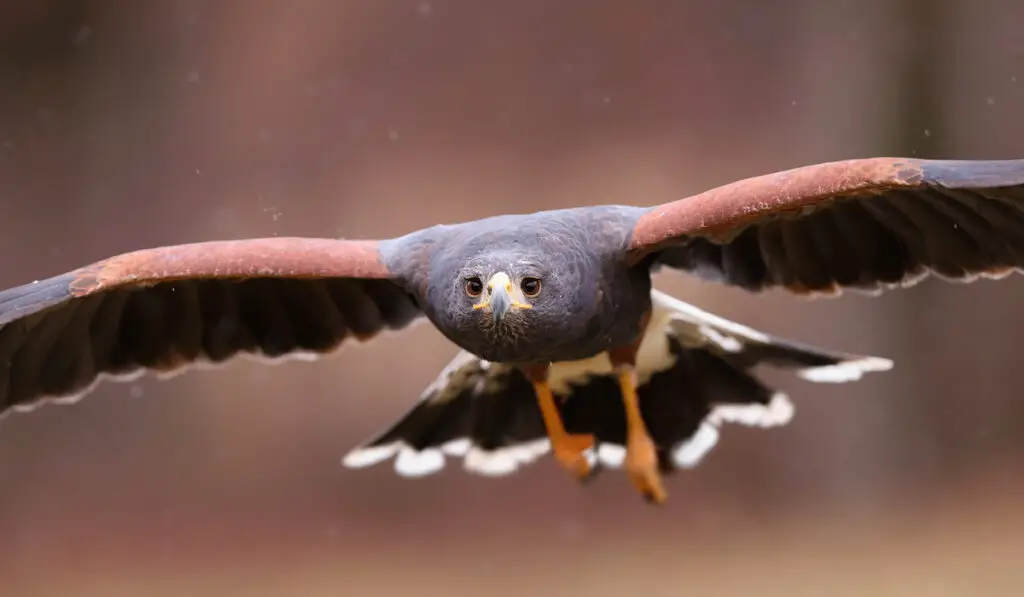
Hawks are important members of the birds of prey, and although there are a wide variety of species of these birds, they mainly feed on small animals, including rabbits, squirrels, rodents, and more.
A hawk’s diet will depend on their species and their gender. Usually, male hawks prefer to feed on birds, while females will forage mammals. Red-tailed hawks and Cooper’s hawks love to eat rabbits as well, especially cottontail rabbits.
Hawks also have a unique way of foraging compared to other birds as they fly near the ground while searching for their prey.
11. Human

Humans are also known to eat rabbits. In fact, there are various tribes of humans from all parts of the world who have foraged rabbits in the wild for many years.
Aside from these tribes, hunters also kill rabbits for the purpose of eating them, and also for their fur.
12. Lizard

Lizard is a reptile who eats from various food sources, including rabbits. Usually, their diet will depend on their size.
For Iguanas, Komodo Dragons, and other big lizards, they can eat anything from small mammals, such as rabbits to bigger ones, including deer. Meanwhile, medium-sized lizards, such as Monitor Lizard, will take rabbits as their main source of food.
Although lizards are found in many parts of the world, most of their species live in Eurasia.
13. Lynx
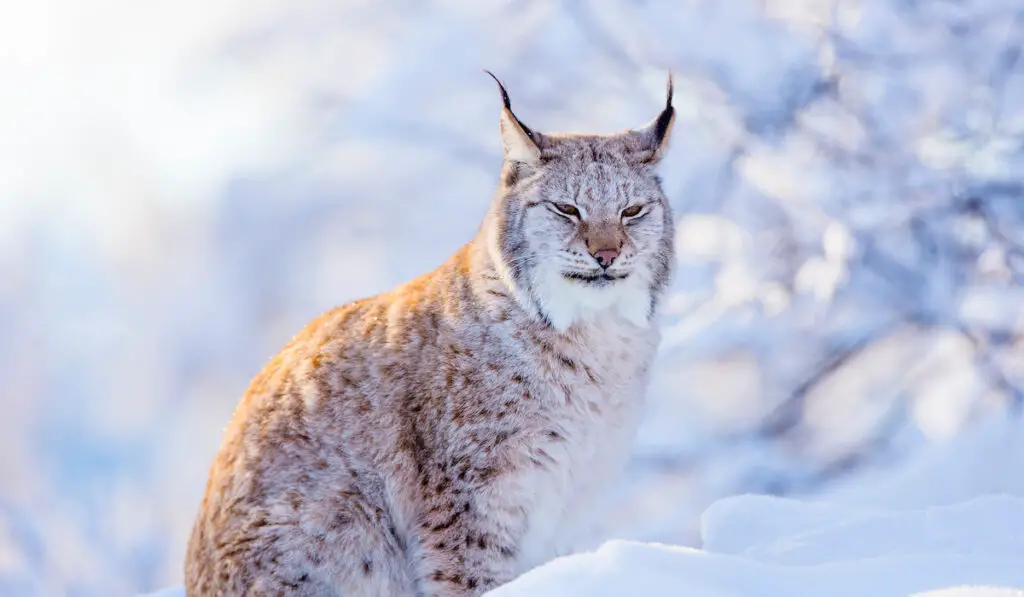
Also known as ‘bobcats’, Lynx are found in certain parts of the world, including Alaska, southern areas of Washington, and in Canada. These medium-sized cats love to stay in coniferous forests, such as rocky areas, swamps, and bogs.
Since these animals live in areas where hunting opportunities are scarce, they forage rabbits that are available in their area. In fact, 75% percent of their diet is composed of snowshoe rabbits.
Usually, lynx will climb trees and patiently wait for opportunities to hunt. These animals are solitary hunters, although a mother lynx will hunt with their young ones to teach them how to forage while they are still young.
Lynx are also known to keep their leftover food by covering it with snow.
14. Ocelot

Ocelots are American carnivores that belong to the cat family. They usually live in lush green forests, including rainforests, thorn forests, savanna, and mangrove swamps. These animals are found in Southwestern areas of North America, including Texas, Arizona, and most areas of central and south America.
Ocelots will primarily feed on rabbits, although they may also eat other small animals that are available.
While these animals are solitary hunters, they can also hunt in packs if it involves bigger prey.
15. Owl

Like eagles and hawks, there are also a wide variety and species of owls that exist, so their diet varies, too. Since owls are nocturnal birds, they will rely on their excellent night vision and outstanding sense of hearing to forage.
Usually, owls will use the ‘sit and wait’ style to hunt prey, which means that they will patiently wait for a small animal to pass within the area before they swoop in to attack the unfortunate animal using their sharp talons.
Owls forage mammals that are smaller than their size, including rabbits. For smaller owls, like Screech owls, they can forage on baby rabbits. On the other hand, larger species, like Barn Owl, Hawk Owl, Great Horned Owl, and Barred Owl will effortlessly hunt an adult rabbit.
16. Raccoon
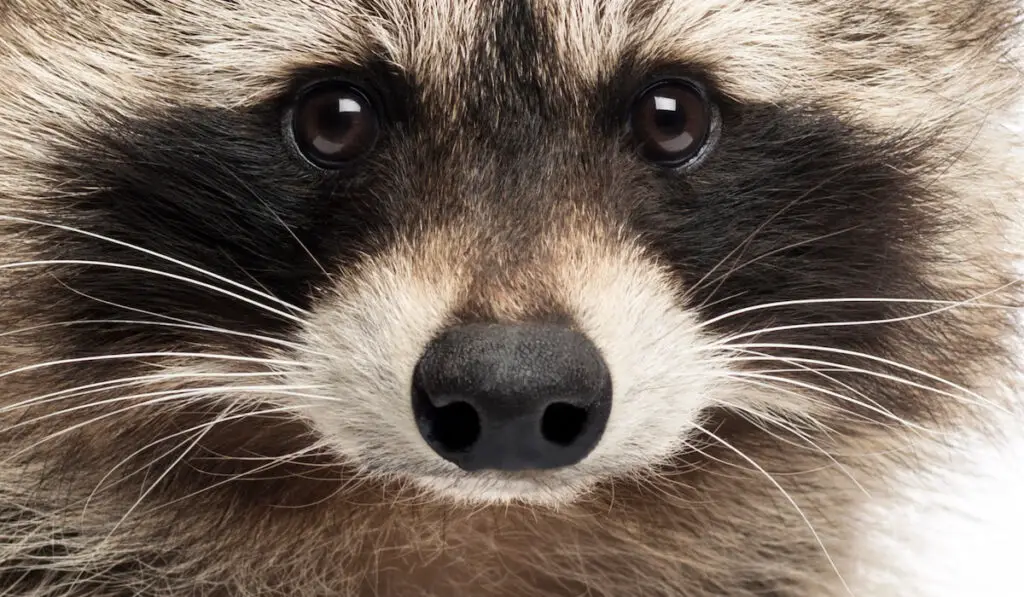
Raccoons are omnivorous animals that are native to North America, although they are also found in many parts of the world. These animals are opportunistic predators who feed on vegetation and meat.
Raccoons eat rabbits, although they prefer hunting slow-moving animals since they are unable to run fast. Therefore, raccoons only eat rabbit if it is available.
17. Snake
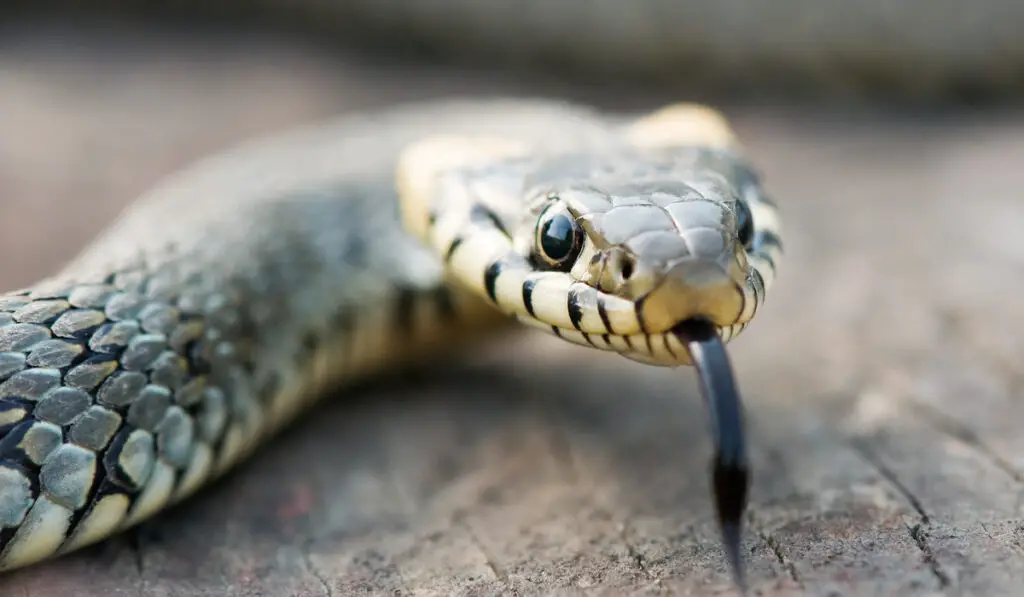
Snakes are famous in the wild for eating everything that moves, including rabbits. Since they can eat anything that’s available, these reptiles’ diet will depend on what fits in their body.
Large snakes, such as anaconda, boa, and python will easily devour a whole rabbit, while smaller varieties, including cobra, mamba, rattlesnakes, and viper will prefer eating smaller rabbits.
18. Stoat
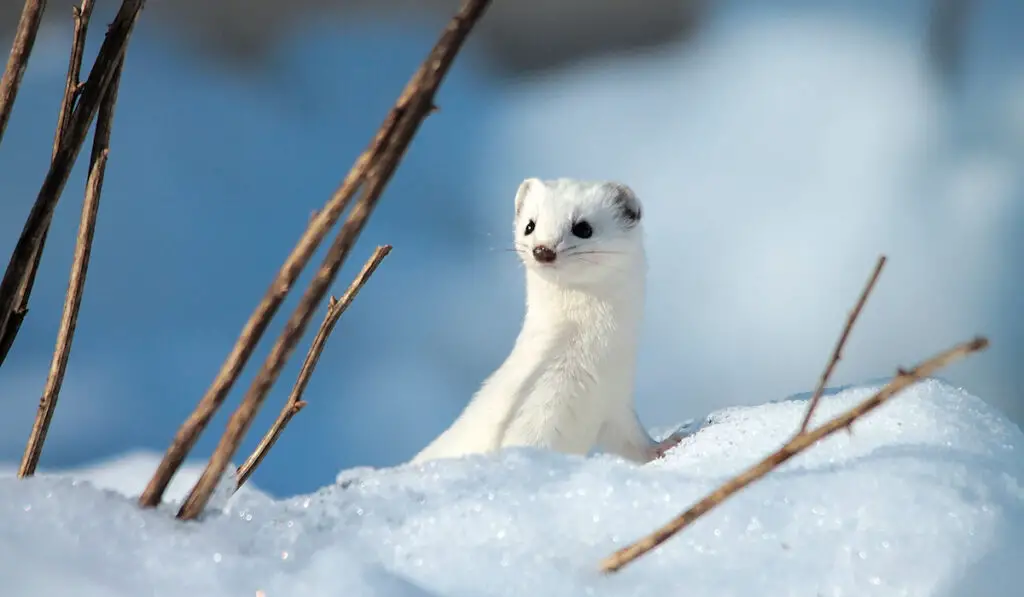
Stoats are close family members of badgers who also feed on rabbits. They are short-tailed weasels that originated in North America and Eurasia.
These animals have a unique way of hunting prey. Instead of directly launching on the rabbit, one stoat will lure a rabbit by getting its attention using weird behaviors, while the other stoat prepares to attack the unfortunate rabbit.
19. Weasel

The smallest member of the Mustelid family, weasels are carnivorous animals that are found in North Africa, Asia, North America, New Zealand, and in central and western Europe. These animals are considered the smallest carnivores in the world.
For weasels, rabbits are an important source of food. Despite being small, these animals forage rabbits using their physical strength as they hunt in packs.
Weasels devour their prey by crushing their head, or by breaking their spinal cord. These animals have a high metabolic rate, and can consume about 40% of their weight every day.
20. Wolf
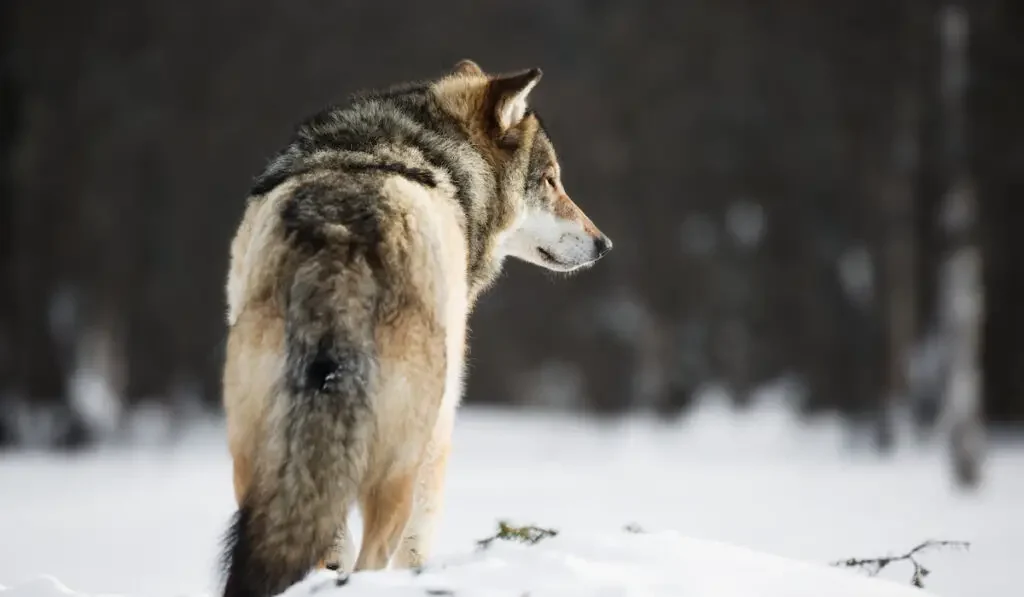
Wolves are carnivores who eat a wide selection of other animals, including rabbits. As a matter of fact, an average wolf consumes 20% of their weight every day.
Usually, wolves will forage big animals, but they will also hunt smaller ones if that’s the only available source of food. Although rabbits are not a main source of their diet, wolves eat rabbits to supplement their main meal.
However, in certain areas like Minnesota, rabbit is a primary source of food for wolves, next to white-tailed deer.
21. Wolverine
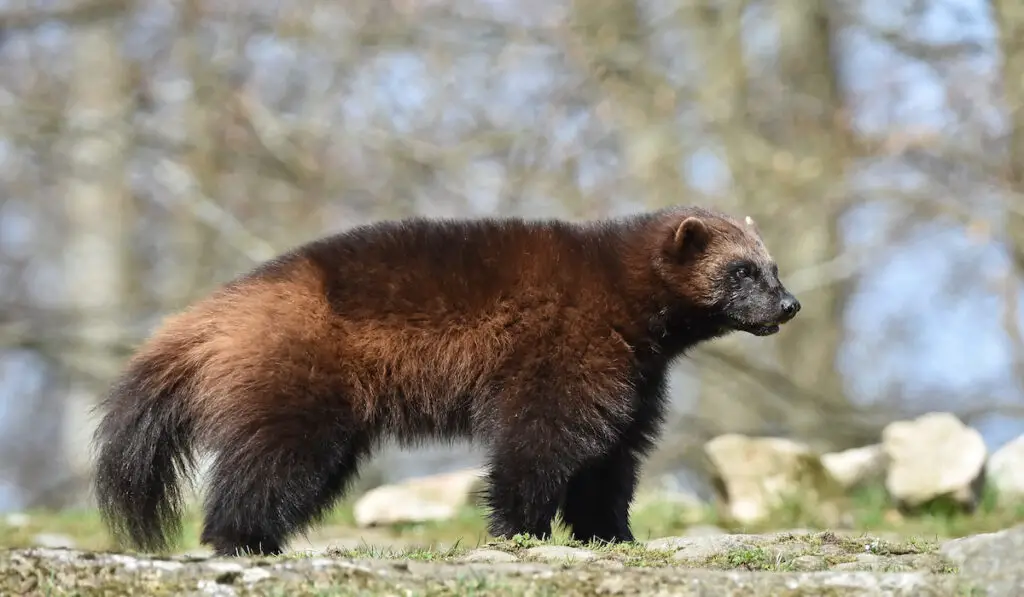
Wolverines are omnivore mammals and the largest members of the Mustelidae family. When it comes to physical appearance, these animals are similar to small bears. Wolverines are also called ‘skunk bears’, ‘carcajous’, and ‘gluttons’.
Found in the northern hemisphere in Europe, America, and Asia, wolverines inhabit taiga, tundra, and boreal forests.
These animals usually take their meat requirement through small mammals, including rabbits.
They are also known to dig into their burrows. In the winter season when food is scarce, wolverines will scavenge corpses of animals, both large and small. Although wolverines eat rabbits, it is not a necessary part of their survival.
Final Words
And that wraps up the list of 21 predators that love to eat rabbits.
If you own a rabbit as a pet, it is important to be wary of these predators that may lurk around your area.
Keep your rabbit safe by providing them a secure place where no predator can reach them.
Sources:
- https://rangerplanet.com/what-eats-rabbits-list-of-rabbit-predators-with-images/
- https://ballachy.com/what-animal-eats-rabbits/
- https://factsking.com/animal-facts/predators-of-rabbits/
- https://petkeen.com/what-animals-attack-rabbits/
